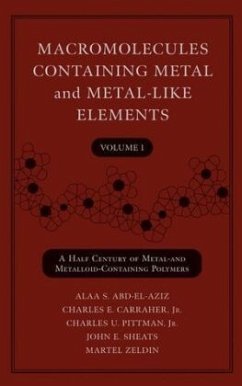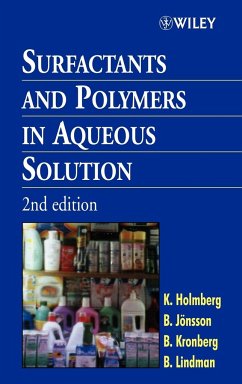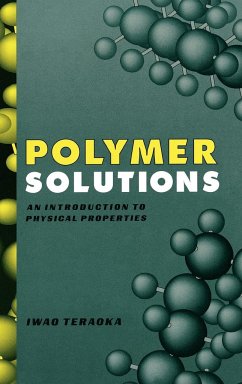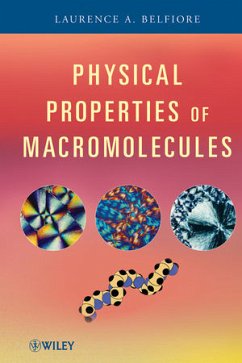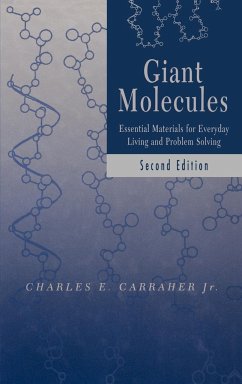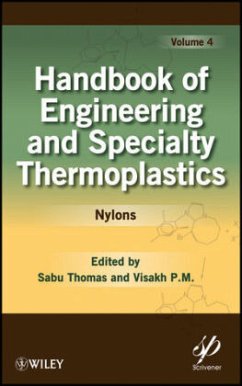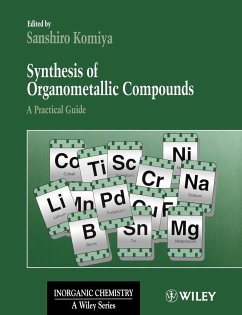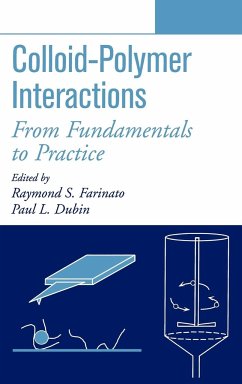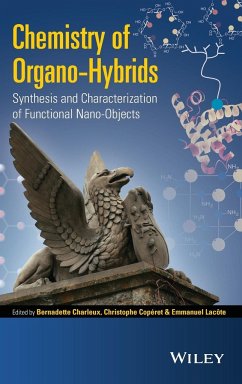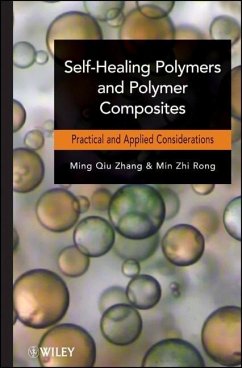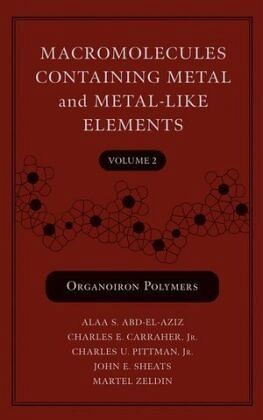
Macromolecules Containing Metal and Metal-Like Elements, Volume 2
Organoiron Polymers
Herausgegeben: Pittman, Charles U.; Carraher, Charles E., Jr.;Mitarbeit: Pittman, Charles U.; Carraher, Charles E., Jr.; Abd-el-Aziz, Ala

PAYBACK Punkte
121 °P sammeln!
Metal- and metalloid-containing macromolecules are defined as large molecules (i.e., polymers, DNA, proteins) that contain a metal or metalloid group affiliated with the molecule. Compiled by an all-star cast of macromolecular experts, Macromolecules Containing Metal and Metal-Like Elements, Volume 2, Organoiron-Containing Polymers:- Provides useful descriptions of applications for the reader to apply in his/her research into materials, polymers, and medicine/drug development.- Covers non-linear optical materials, speciality magnetic materials, liquid crystals, anticancer and antiviral drugs, ...
Metal- and metalloid-containing macromolecules are defined as large molecules (i.e., polymers, DNA, proteins) that contain a metal or metalloid group affiliated with the molecule. Compiled by an all-star cast of macromolecular experts, Macromolecules Containing Metal and Metal-Like Elements, Volume 2, Organoiron-Containing Polymers:
- Provides useful descriptions of applications for the reader to apply in his/her research into materials, polymers, and medicine/drug development.
- Covers non-linear optical materials, speciality magnetic materials, liquid crystals, anticancer and antiviral drugs, treatment of arthritis, antibacterial drugs, antifouling materials, treatment of certain vitamin deficiencies, electrical conductors and semiconductors, piezoelectronic materials, electrodes, UV absorption applications, super-strength materials, special lubricants and gaskets, selective catalytic and multisite catalytic agents.
- Provides useful descriptions of applications for the reader to apply in his/her research into materials, polymers, and medicine/drug development.
- Covers non-linear optical materials, speciality magnetic materials, liquid crystals, anticancer and antiviral drugs, treatment of arthritis, antibacterial drugs, antifouling materials, treatment of certain vitamin deficiencies, electrical conductors and semiconductors, piezoelectronic materials, electrodes, UV absorption applications, super-strength materials, special lubricants and gaskets, selective catalytic and multisite catalytic agents.



